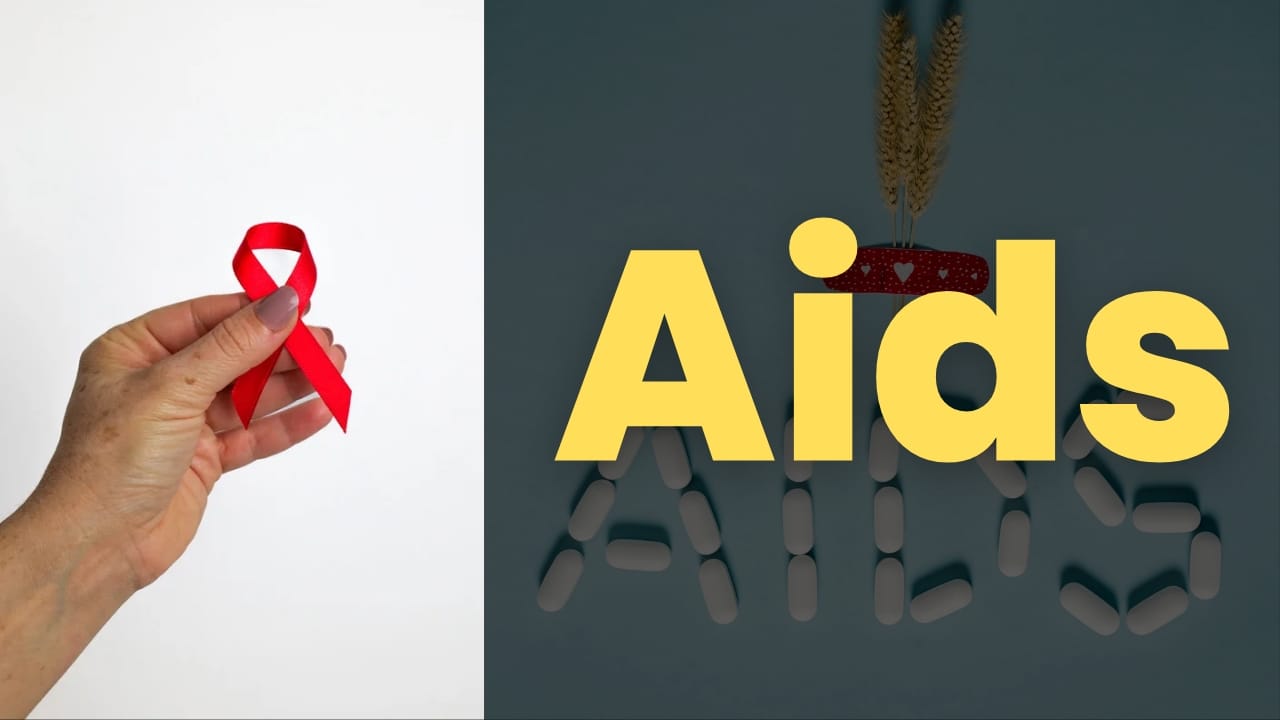Understanding AIDS: A Comprehensive Overview of the Disease
Welcome to a detailed exploration of AIDS, where we aim to shed light on this complex and impactful health issue. AIDS, or Acquired Immunodeficiency Syndrome, is the advanced stage of infection caused by the Human Immunodeficiency Virus (HIV). Join us as we delve into the various aspects of this disease and its global implications.

What is AIDS?
AIDS is the culmination of HIV’s assault on the immune system. HIV primarily targets CD4 cells, compromising the body’s ability to fend off infections. Understanding the progression from HIV to AIDS is crucial for recognizing the signs, seeking timely medical attention, and managing the disease effectively.
Causes and Transmission:
HIV spreads through specific bodily fluids, including blood, sexual fluids, breast milk, and organ tissues. Unprotected sexual intercourse, sharing needles, and mother-to-child transmission during childbirth or breastfeeding are common modes of transmission. Additionally, blood transfusions and organ transplants can transmit the virus if proper screening measures are not in place.
Symptoms:
HIV symptoms vary, often resembling flu-like conditions such as fever, fatigue, and swollen lymph nodes. As the virus progresses, more severe symptoms emerge, including chronic diarrhea, weight loss, pneumonia, and vulnerability to opportunistic infections. Recognizing these symptoms is vital for early diagnosis and intervention.
Prevention:
Preventing HIV transmission is key to controlling the spread of AIDS. Practicing safe sex, using clean needles, and regular testing are essential preventive measures. Pre-exposure prophylaxis (PrEP) is an option for those at higher risk, offering an additional layer of protection against HIV.
Treatment and Management:
While there is no cure for HIV, antiretroviral therapy (ART) is effective in controlling the virus. Adherence to treatment and regular medical check-ups are critical for maintaining overall health and prolonging life for individuals living with HIV.
Stigma and Discrimination:
AIDS has unfortunately been accompanied by social stigma and discrimination. Dispelling myths, fostering education, and promoting empathy are essential in breaking down barriers and supporting those affected by HIV/AIDS.
Global Impact and Current Research:
AIDS has a significant global impact, particularly in regions like sub-Saharan Africa. Ongoing efforts include awareness campaigns, research for a vaccine, and improving access to treatment in developing countries. Stay informed about the latest developments in AIDS research and support initiatives contributing to a healthier world.
Conclusion:
Understanding AIDS is not only about acquiring knowledge but also about promoting awareness, empathy, and a sense of responsibility. By working collectively to dispel myths, eradicate stigma, and support those affected, we can contribute to a world where the impact of AIDS is minimized, and individuals living with HIV can lead fulfilling lives.
